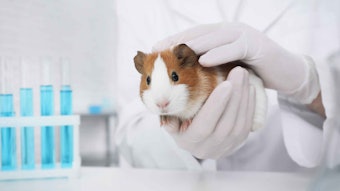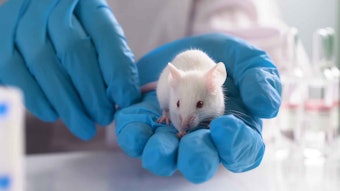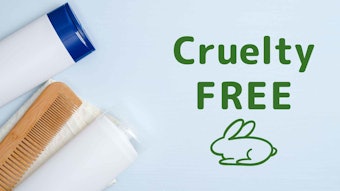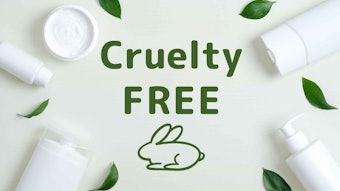For years, progress has been made in developing alternatives to animal testing as society has internationally sought methods to that end. Regulatory mandates have played a key role as well; the 7th Amendment to the Cosmetic Directive (2003/15/EC) was adopted by European Union (EU) institutions in 2003 and imposes strict deadlines to abolish in vivo animal studies for cosmetic ingredient testing. The other crucial regulation pressing for alternative methods is REACH, which was adopted by the European Council and the European Parliament in December 2006. It is worth mentioning that the ban on the testing of chemicals on animals refers strictly to compliance with requirements of the Cosmetic Directive.
To facilitate the development of non-animal tests for the EU, the European Center for Validation of Alternative Methods (ECVAM) was established in 1991. Scientific advice for the validation process is subsequently provided by experts from all member states in ECVAM’s Scientific Advisory Committee (ESAC). All available methods are considered during the validation process, whereby their reliability and relevance are established. The general rules to validate an alternative method have been agreed upon at an international level and this complex process consists of several stages.1 Alternative test methods have the potential to reduce animal testing; however, it is questionable as to what extent in vitro methods can be replaced since some testing requires the involvement of a whole organism. This article summarizes validated alternatives to test the safety of cosmetic ingredients. It also illustrates how great a challenge it is to devise a proper alternative method.









![A 2019 petition to the House of Commons stated, 'We, the undersigned residents of Canada, draw the attention of the House of Commons ... [that] animal testing is unnecessary to prove the safety of cosmetic products.'](https://img.cosmeticsandtoiletries.com/files/base/allured/all/image/2023/01/animal_testing_ban_canada_dreamstime_m_215632720.63d313232306d.png?auto=format%2Ccompress&fit=crop&h=191&q=70&rect=0%2C73%2C1800%2C1013&w=340)
